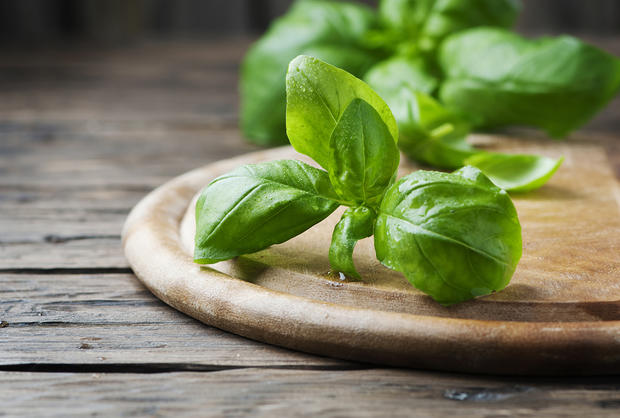
These hardy flowers are tough to kill—in most areas of the United States, pansies are resilient enough to survive winter temperatures. More than 300 varieties of pansies exist, including several that have been specifically bred for really hot or really cold environments.
The ideal time to plant pansies is when the soil temperature is around 50 to 60 degrees (August for the northern parts of the country to October in the southern), but you can also set yours out in the early spring. Fully-grown plants can be purchased at most gardening stores and deposited directly into the ground. If you plan on growing some from seeds, deposit each one in moist soil spaced 7 to 12 inches apart. In colder states, pansies do best in direct sunlight, but if you live in a warm state like Georgia or Texas, give the flowers some shade and strategically plant them so that they can spend three to four hours in the shadows per day and see that they get an inch of water each week.
2. TOMATOES

According to the National Gardening Association, nearly nine out of 10 American household vegetable gardens have at least one tomato plant. Germinating tomato plants need a constant soil temperature of 65 to 80 degrees Fahrenheit, and seeds should be planted six to eight weeks before your area’s projected last frost date. Given these requirements, you'll most likely have to start indoors (or buy tomato plants from your local garden center).
First, you’ll need one container for every two seeds. (While it’s possible to raise all of the seeds in the same pot, this makes the young plants harder to remove when the time comes to transplant them.) Plastic or Styrofoam cups work well; make a couple small holes in the bottom of each one for drainage and fill it with a good potting mix. Then, place the seeds about a quarter of an inch beneath the surface. Mist the dirt with water (make it moist, but not soggy) and maintain a constant 70 to 80-degree room temperature, and within 10 days, the little plants will sprout. They'll need plenty of sunlight; if possible, put the plants by a south-facing window or, in windowless homes, use artificial grow lights.
As soon as the plants sprout four leaves apiece, move them into bigger containers; pots with a height of 4 to 6 inches will be perfect. Meanwhile, find a nice, sunny section of your garden outside. One week before the last frost date, till the soil until it’s nice and loose. Then, dig a trench about 6 or 8 inches deep. After the last frost date finally arrives and the dirt has warmed, throw in 3 inches of compost. Cover that with some extra soil and then transplant your seedlings there.
Like pansies, tomatoes come in many varieties which offer fruits of every shape and size. Depending on what kind you're growing, you’ll want to arrange the young plants anywhere from 12 to 48 inches apart. Consult the seed package or a neighborhood gardening store for an exact number. By the way, novice gardeners may want to choose varieties that yield smaller fruits (like cherry tomatoes). If left to their own devices, medium or large fruits may rot prematurely. Preventing this will require tethering your plants to stakes or cages for support. That’s not too difficult, but it is an extra step.
